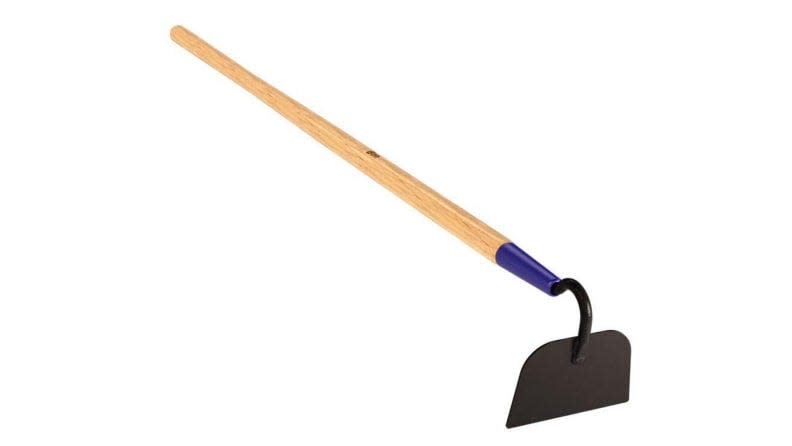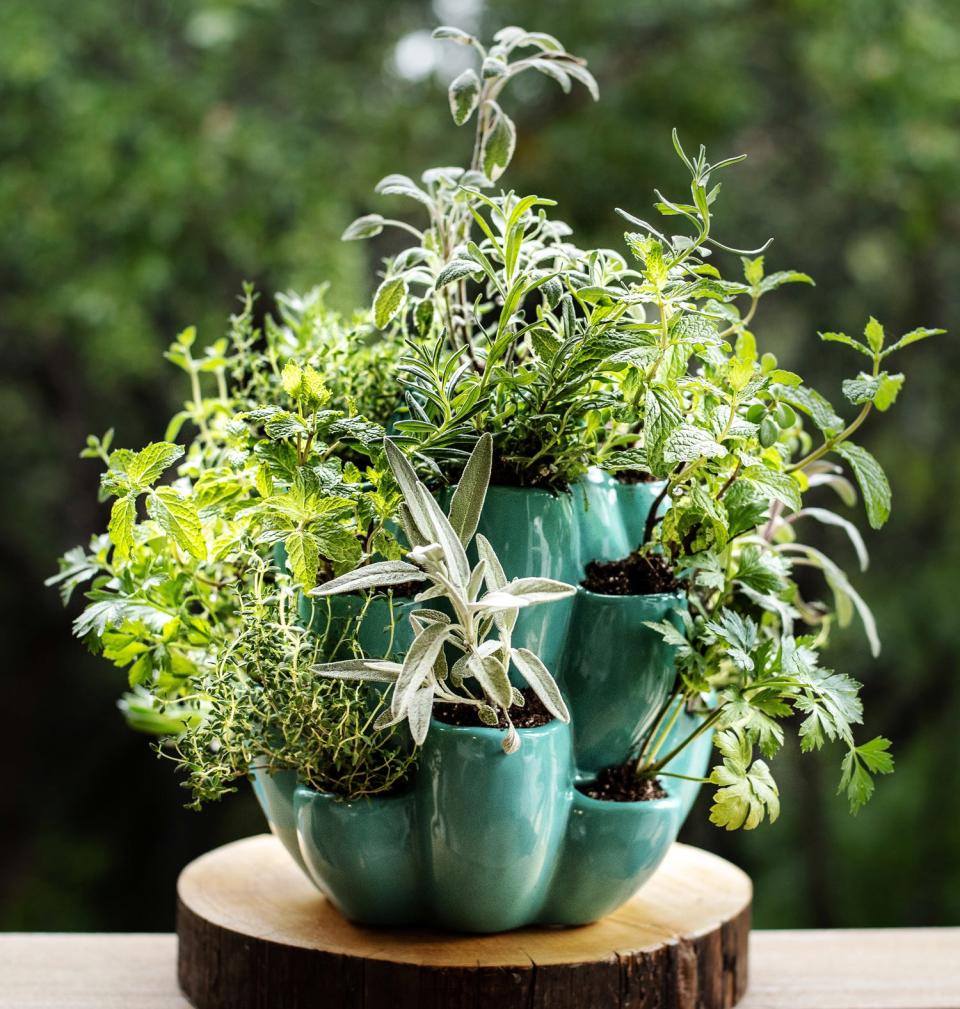Here are 4 must-have garden tools as you get ready for spring planting
Ok, I admit it. I’m a coward.
Rather than write a pre-Derby column, where everyone would naturally expect an insider’s tip on the big race, I decided to forego disseminating the only advice I could share ... bad advice.
Full disclosure, I’ve never cashed a race ticket, not once in 62 years. Not even that year a shady guy named Rocco appeared from behind my garden shed and offered a "guaranteed winner" in exchange for a cutting of that rare, Tibetan daphne I had in my garden ...
So, if you’re no good at providing pre-race advice, what good are you? I suppose all those Kentucky Oaks and Kentucky Derby days spent in my garden have given me a wealth of built-up experience on how to spend money wisely in the garden. So here are a few ways to turn that wheelbarrow of winnings into garden gold.
Why you should invest in a good garden hoe

Hoeing is one of those essential garden practices that is in danger of going the way of the dodo, but that would be a crime. A good, sharp, proper hoe, is one of the most indispensable tools to help maintain your garden. A cheap hoe, one that is ill-suited to the task, can create one of the most frustrating gardening experiences of all.
Unfortunately, what most people know as a garden hoe isn’t a garden hoe at all. That long-handled thing from the big orange and blue box stores, with the broad blade with one or two holes in it, that’s a concrete hoe. It’s designed for mixing concrete in a wheelbarrow, not for removing weeds from the garden.
The best hoes allow you to stand mostly upright and gently slide a blade back and forth just below the surface of the soil. If you’re chopping with your hoe, you’ve got it all wrong.
The DeWit Diamond Hoe is an example of brilliant, straightforward, engineering and design. A slender, diamond-shaped blade sits at the end of a nice, long handle, at the perfect angle for an upright adult gardener. It comes nice and sharp and due to the hard steel used, stays sharp for a long time.
I bought my DeWit Diamond Hoe from Earth Tools in Owenton, Kentucky. They know garden tools.
Why you should only buy a large pots for your garden

If I could waive my hand and make one genie command for the good of global gardening, it would be to have just about every garden container under 18 inches in diameter spontaneously explode into a million little potsherds, instantly making a bunch of 25th-century archaeologists very happy.
With only a few very specific exceptions (a small succulent, maybe), I don’t ever waste my time planting anything in a container smaller than about 20 inches in diameter.
Small containers don’t have enough volume to make for happy roots. And we all know ― happy roots, happy plants. Particularly in the case of all those vigorous growing annuals we love to put in pots and fertilize nonstop, they need root volume to perform well late into the season. And if you bring home one of those 12-inch hanging petunia baskets for Mother’s Day, know that if you want it to still look good in August, you’ll have to spring for a much bigger container.
Do yourself a favor and invest in a good quality, large container. You’ll be happy you did.
Why you should buy a hose guide for your garden
If you’re one of those overly organized people who hired an irrigation pro to run water lines everywhere so you never have to drag a hose more than 10 feet, good for you!
Now, if you’re like the rest of us, over the years you have devised a highly technical, proprietary system for threading your hoses between the tomato plants and the mailbox, past the barbeque grill, and to the farthest end of the vegetable garden. (Personally, my system has gotten even more complicated since the hose bib on the back of my house sprung a leak and the replacement part is no longer manufactured!)
Of course, the goal of these systems is to allow you to get the hose to where you need it without destroying all the plants along the way.
If the above system sounds familiar, you know that there are those critical corners ― those places where you dropped a spare brick in hopes it would hold the hose while you drag it along ― that are ongoing problems. But there’s a tool for that.
Hose guides come in a zillion different designs but are generally a spike you stick in the ground, topped by a rotating cylinder that allows the hose to glide freely as you drag it by. There are utilitarian-looking jobs and there are the fancy-schmancy things that look like pineapples or other esoteric oddities. I tend to find the utilitarian models look best and actually work. They just sit there and seem to say, “Somebody thought about a problem and did something to correct it.”
Or you could just hire a plumber, if you’re that kind of person.
Why you should purchase a soil knife for your garden
A proper soil knife is an indispensable garden tool. Originally devised for trimming pieces of sod around an obstacle, these things are the Swiss Army Knife of the garden. The bright orange handled version (keeps it from getting lost in the weed bucket!) is one of the most popular items in Yew Dell Botanical Gardens’s gift shop.
A long, sturdy blade with coarse serrations along one side, a good soil knife can fill in as a weeder, a trowel, a paint can opener, heck, they’re even perfectly weighted for throwing at that pesky groundhog that’s making mincemeat out of your vegetable garden (Please, no hate mail. No actual groundhogs were injured or otherwise harassed during the writing of this column!)
Happy Gardening!
Paul Cappiello is the executive director at Yew Dell Botanical Gardens, 6220 Old Lagrange Road, yewdellgardens.org.
This article originally appeared on Louisville Courier Journal: Must-have garden tools as you get ready for spring planting

